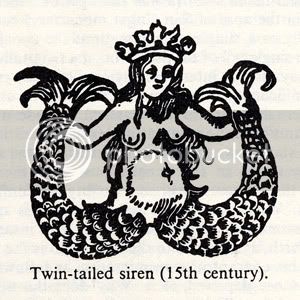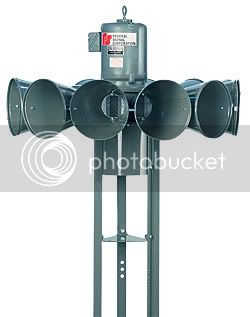I started building the electric keggle tonight.I did not want to pat for weldless fittings so i yhink i came up with an installation solution.I bought the elements and cut holes with a hole saw,but the sizes do not match perfectly so i had to take some material off with a carbide burr grinder.My plan is to use the existing seals to seal the element agains the keggle.I found some copper pipe adapters i thought would work as nuts but they jammed on the element,i almost ruined an element in the precess.
I found that brass couplers seem to work better as nuts but i have to buy some tomorrow,then i can test the fit.with any luck they will not leak.
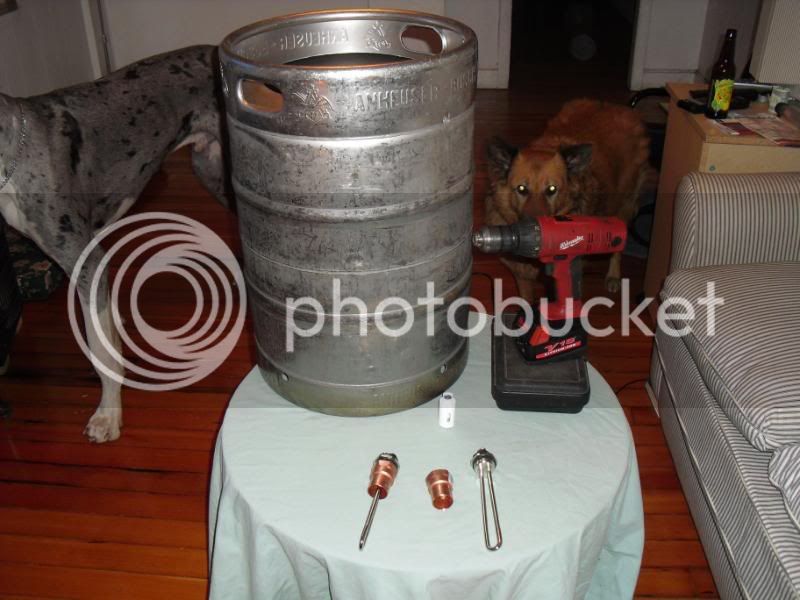
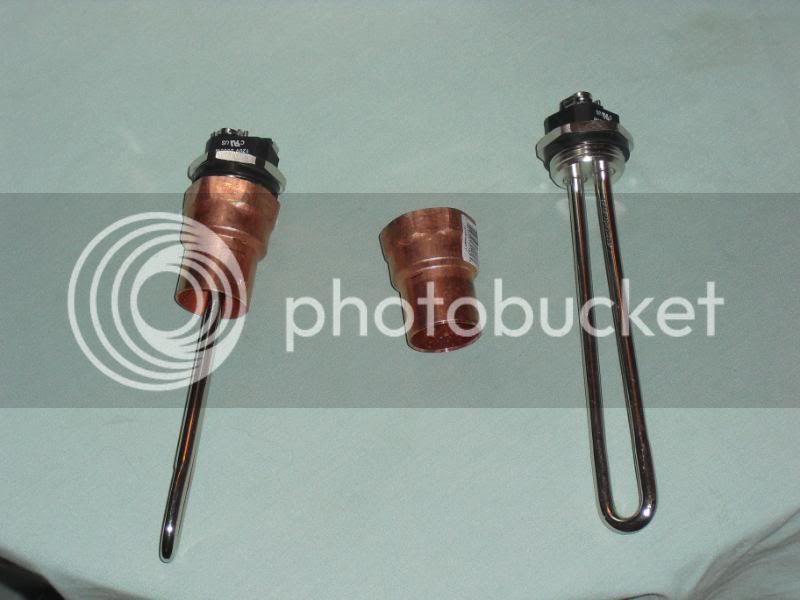
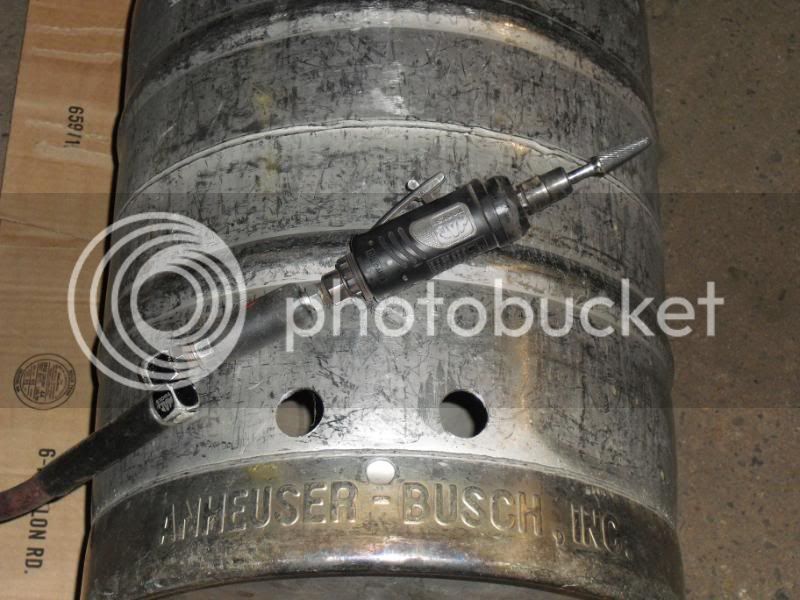
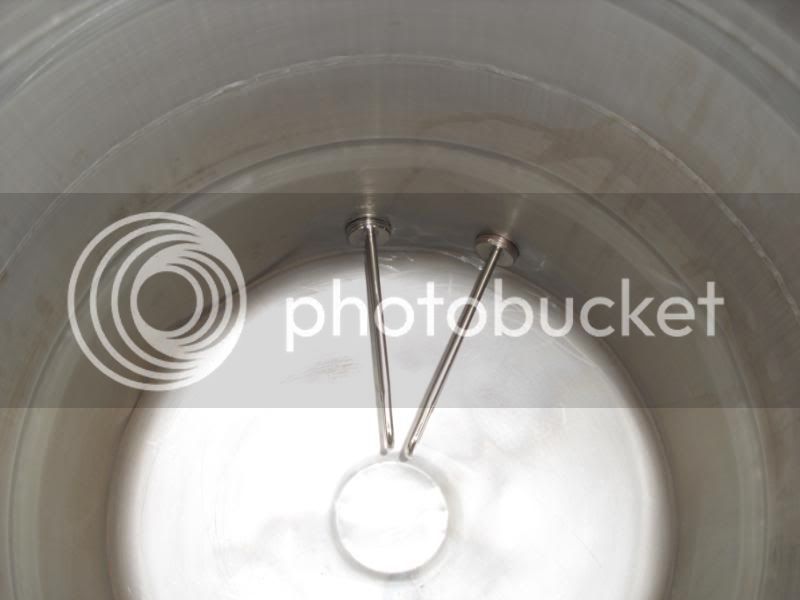
I found that brass couplers seem to work better as nuts but i have to buy some tomorrow,then i can test the fit.with any luck they will not leak.








